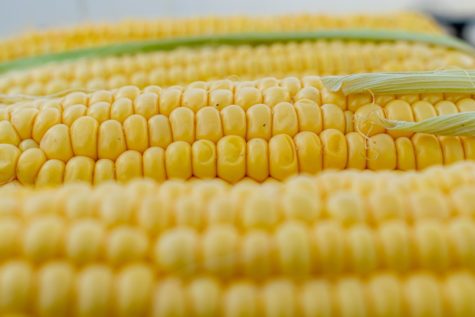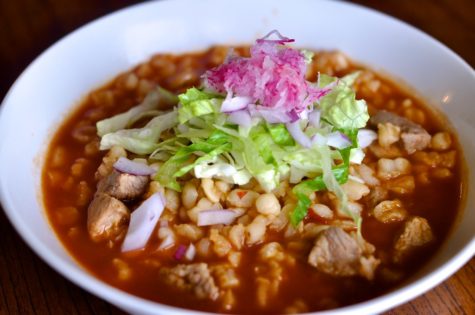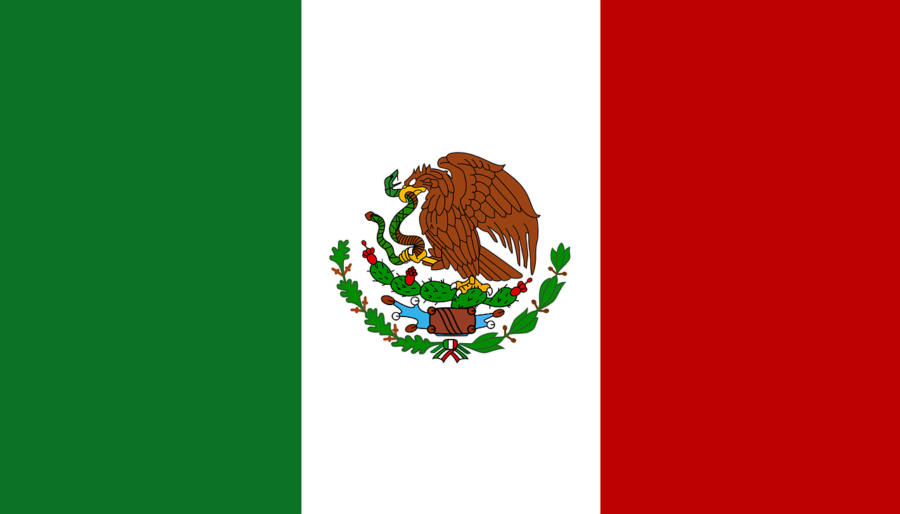A History of Mexico as Told by Food
Discover the complex recipe and mixing cultures that made the Mexican cuisine we know today.
September 21, 2021
One place to begin our journey through the food and tastes of Mexico is with the god of corn. The Mayans were masters of mathematics and calendar-making, architects of stone cities and towering pyramids, and inventors of their own hieroglyphic writing. With such great feats of these, it is easy to forget another Mayan excellency: agriculture, specifically in terms of maize, or corn, which was so important to them they had a god for it.

Maize was a staple of Mayan cuisine and has withstood the test of time. Made from masa, a maize dough, corn tortillas tell the simple but tasty origins of today’s Mexican cuisine.
Adding to the maize, beans, and squash-focused diet of the Mayans, the Aztecs included even more flavor with chili peppers and tomatoes. And cocoa? The bean that is processed into that sweet, delicious ingredient that coats Paleta Payaso and Bubu Lubu? That originated in Mesoamerica, composed partly of modern-day Mexico, the flavors of vanilla and chocolate finding themselves sweetening Aztec foods.
Later, when Spanish conquistadors invaded Mexico in the sixth century, they brought with them a lot of baggage: disease, Christianity, horses, castellano, and food. Namely, sheep, pigs, and cows along with a variety of new spices. Without this we’re talking tamales without the carne (meat) and arroz con leche without the canela (cinnamon).
Nowadays, Mexican cuisine is infused with the tastes of these different cultures.
La Tamalada, a tradition revolving around family gatherings and the cooking of tamales, originated as to-go food for the Aztecs, taking the stuffed corn dough neatly packaged in corn husks or banana leaves with them on their journeys to battle.
Rosca de Reyes (Three Kings Bread) is baked during Día de los Tres Reyes (Three Kings Day), a wreath-shaped bread which commemorates the bringing of gifts to the baby Jesus by the three wise men. This itself followed the Spaniards to Mexico alongside Christianity.
Even simple pozole, warm and tasty to eat “during winter, but really good any time of the year” Imara Hernandez, a Senior, said about her favorite Mexican dish, has ties to the ritual sacrifices of the Aztecs.
Stewed with the corn that was rooted in Mayan culture, flavored with a favorite of the Aztecs, chili, and mixed in with pork or other meats brought over by the Spanish, the taste of pozole really is a history lesson. More truthful yet, the taste of Mexico is a history lesson.





